Egypt Middle Kingdom is also known as the “Reunification period” and it started from 2050 BC until 1710 BC. This period starts with the eleventh dynasty under the reign of Mentuhotep II and stretches until the thirteenth dynasty. Osiris became the most important deity during this kingdom of Egypt. Through our article, you will know all the entire information related to Egypt middle kingdom:
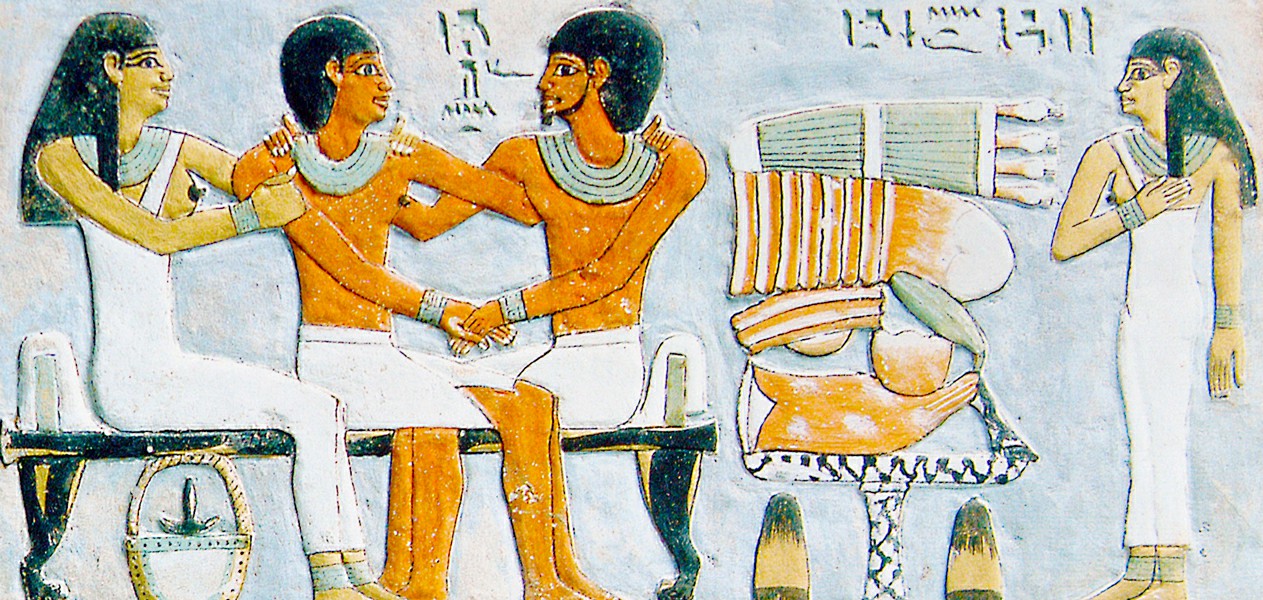
Egypt Middle Kingdom
There are two phases in that period, the first one was during the 11th dynasty who ruled from Thebes and the second one was during the 12th dynasty. The Egypt Middle Kingdom was followed by the Second Intermediate Period of Egypt, which involved some foreign invasions by the Hyksos of West Asia.
The Dynasties & Pharaohs of Egypt Middle Kingdom
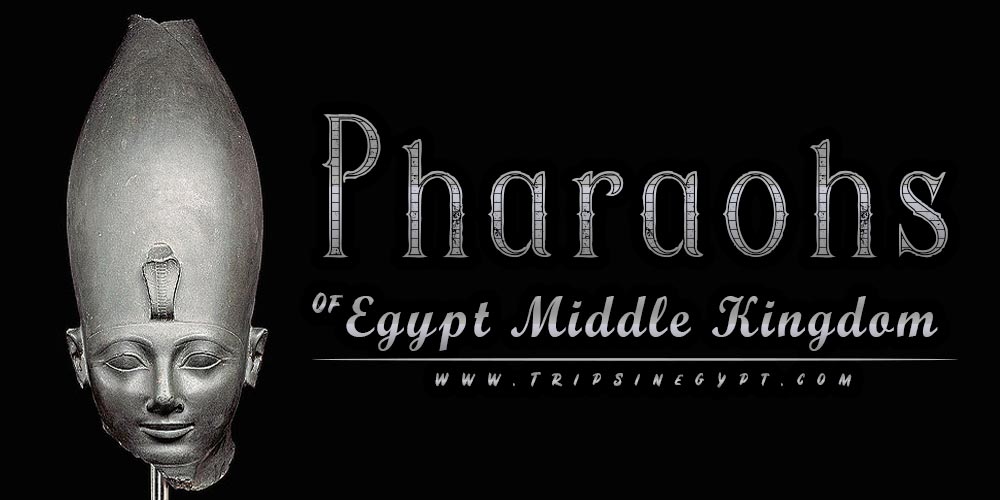
After the end of the Old Kingdom of Egypt, there has been a fight between the tenth & the eleventh dynasties. The tenth dynasty ruled Lower Egypt in the North and the eleventh one ruled southern Egypt.
![]()
The Eleventh Dynasty of Egypt Middle Kingdom
Mentuhotep II was the founder of Egypt Middle Kingdom and he restored the Egyptian hegemony over the reign in Sinai and he also restored the cult of the ruler. He depicted himself as a god in his own lifetime, wearing the headdresses of Amun and Min. He died after 51 years of ruling the Egypt Middle Kingdom and passed his throne to his son Menthotep III.
The Pharaohs of the Eleventh Dynasty of Egypt Middle Kingdom
| Pharaoh Name | Pharaoh Image | Ruling Period |
|---|---|---|
| Nebhepetre Mentuhotep II | 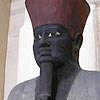 | 2060–2010 BC |
| Sankhkare Mentuhotep III | 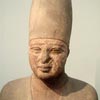 | 2010–1998 BC |
| Nebtawyre Mentuhotep IV | 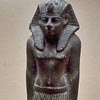 | 1997–1991 BC |
![]()
The Twelfth Dynasty of Egypt Middle Kingdom
During this dynasty, armies were trained to against invasion, or for expeditions up the Nile or across the Sinai. During the reign of Amenemhet II, the state of ancient Egypt was stable as he strengthened defenses between Egypt and Asia, in addition to building the walls of the Ruler in the East Delta region. He also built the new capital of Egypt in the north, which was called Amenemhet Itj Tawy, or Amenemhet.
The Pharaohs of the Eleventh Dynasty of Egypt Middle Kingdom
| Pharaoh Name | Pharaoh Image | Ruling Period |
|---|---|---|
| Sehetepibre Amenemhat I | 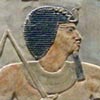 | 1991–1962 BC |
| Kheperkare Senusret I | 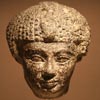 | 1971–1926 BC |
| Nubkaure Amenemhat II | 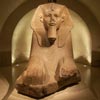 | 1929–1895 BC |
| Khakheperre Senusret II | 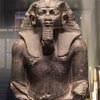 | 1897–1878 BC |
| Khakaure Senusret III | 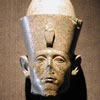 | 1878–1860 BC |
| Nimaatre Amenemhat III | 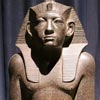 | 1860–1815 BC |
| Maakherure Amenemhat IV | 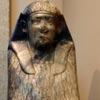 | 1815–1807 BC |
| Sobekkare Sobekneferu | 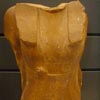 | 1807–1802 BC |

The Classical Age of Egypt Middle Kingdom
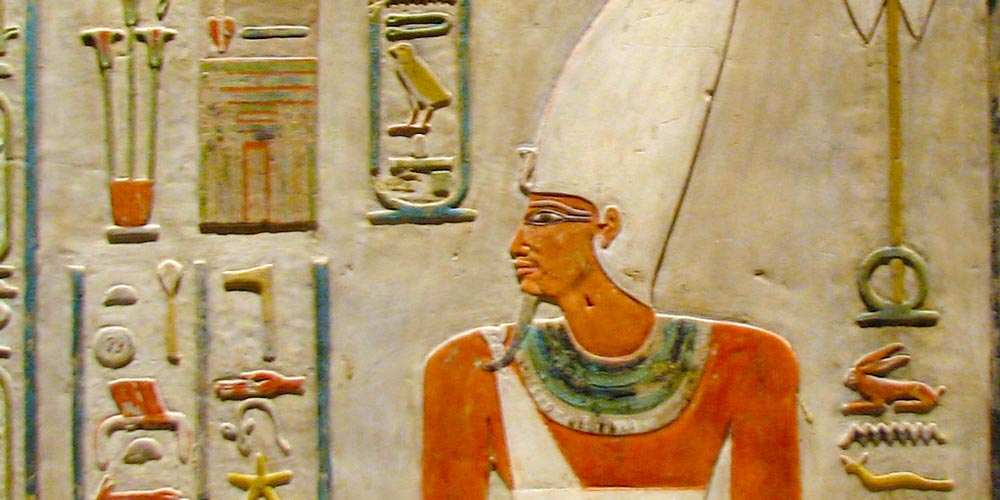
After the decline of the Old Kingdom of Egypt, Mentuhotep II was able to conquer his rivals in both Upper and Lower Egypt. He established the 11th dynasty with a capital at Thebes. It was a period of stability & prosperity. The center of power of Egypt shifted from Thebes in the south to “Lisht” near the oasis of Fayoum during the reign of the 11th & the 12th dynasties. Several pyramids have built during that period in Lisht but they were destroyed because of their internal design and the external factors they had to face.

The Golden Age of Egypt Middle Kingdom
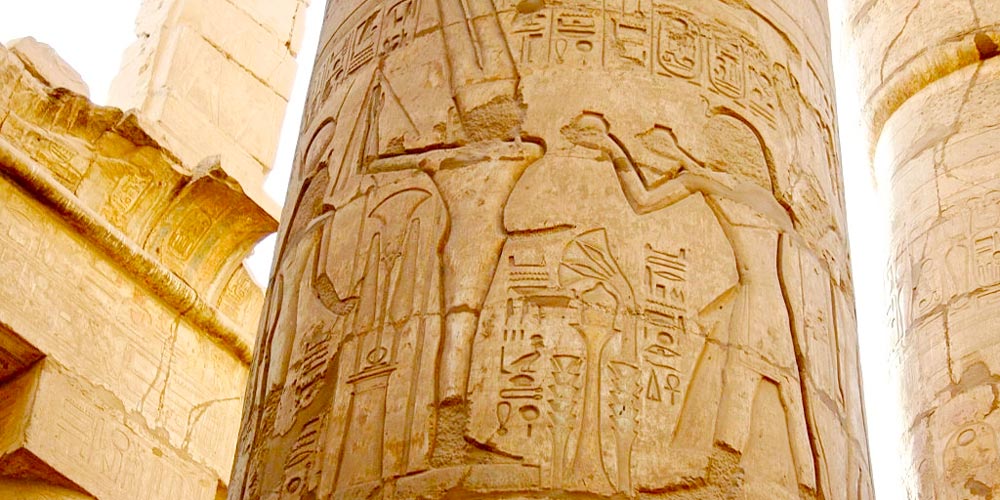
After the death of Amenemhet II, his son Senusret I succeeded him and he was a warrior king. He launched a series of brutal campaigns in Nubia in his sixth, eighth, tenth, and sixteenth years of his reign. He also built massive forts to establish the formal boundary at Semna between unconquered Nubia & Egyptian conquests. The notable thing about Senusret is that he was credited for administrative reform, which put more power in the hands of appointees of the central government, instead of regional authorities.
Through his reign, Egypt was divided into three sections, which are North, South, and the head of the south. The last warrior pharaoh was Senusret III whose name was Hellenized by later Greek historians as Sesostris. He was worshipped as a patron god by the Egyptian settlers and his son Amenemhet III began reigning after Senusret’s 19th ruling year. The highest level of economic prosperity occurred during the reign of Amenemhet III.
As mining camps in the Sinai were operated on a semi-permanent basis. He continued the Faiyum land reclamation system and after a reign of 45 years, Amenemhet III was succeeded by Amenemhet IV. During his reign, the dynastic power started to weaken and there were some crop failures. He was succeeded by the first female queen of Egypt Sobekneferu.

Agriculture & Climate of Egypt Middle Kingdom
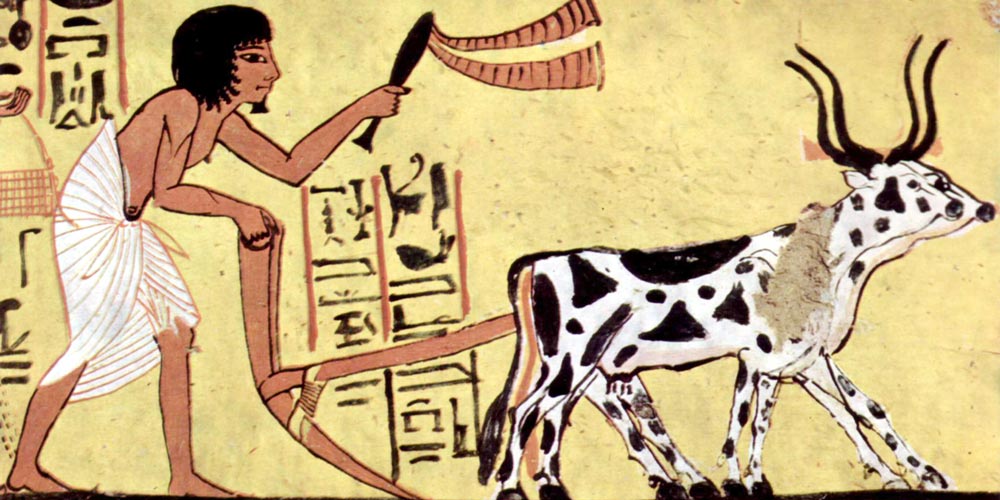
The Nile river flood was the Gift of God to all the ancients to be fed as the collapse of the Old Kingdom was due to the low flooding of the Nile. Some of the literature of that period shows the instructions of Amenemhat, where the king tells his son how agriculture prospered under his reign.
The climate of Egypt was so fine during that period that agriculture started to spread all over the country and people were able to plant their desirable crops.

Art of Egypt Middle Kingdom
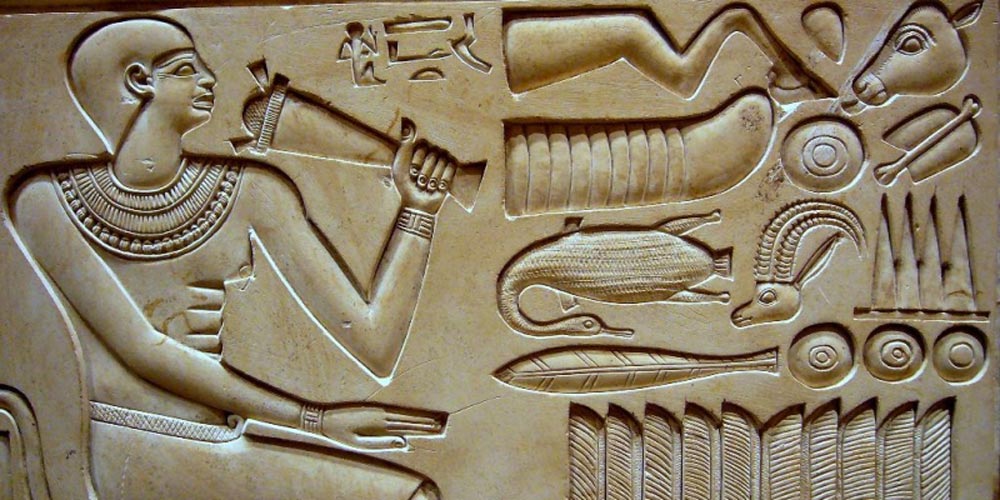
The block statue was one of the master innovations during the Egypt Middle Kingdom through which a man squatting with his knees drawn up to his chest and his arms folded on top of his knees. There are two types of block statues: statues with the feet completely covered with a cloak and statues with the feet uncovered.

The Literature of Egypt Middle Kingdom

Texts were written for the purpose of entertainment and intellectual curiosity during the Egypt Middle Kingdom for the first time as the old texts used to maintain the divine cults, preserve souls in the afterlife, in addition to documenting accounts for the practical uses in daily life. Moreover, written works of the Middle Kingdom were transcriptions of the oral literature of the Old Kingdom for example litter-bearers’ songs were preserved as written verses in tomb inscriptions of the Old Kingdom.
We have nowadays the most interesting papyrus from the pharaohs of the twelfth through the eighteenth dynasties including:
- 1950 BC: Akhmim Wooden Tablet
- 1950 BC: Heqanakht papyri
- 1800 BC: Berlin papyrus 6619
- 1800 BC: Moscow Mathematical Papyrus
- 1650 BC: Rhind Mathematical Papyrus
- 1600 BC: Edwin Smith Papyrus
- 1550 BC: Ebers papyrus.

Administration & Political State of Egypt Middle Kingdom
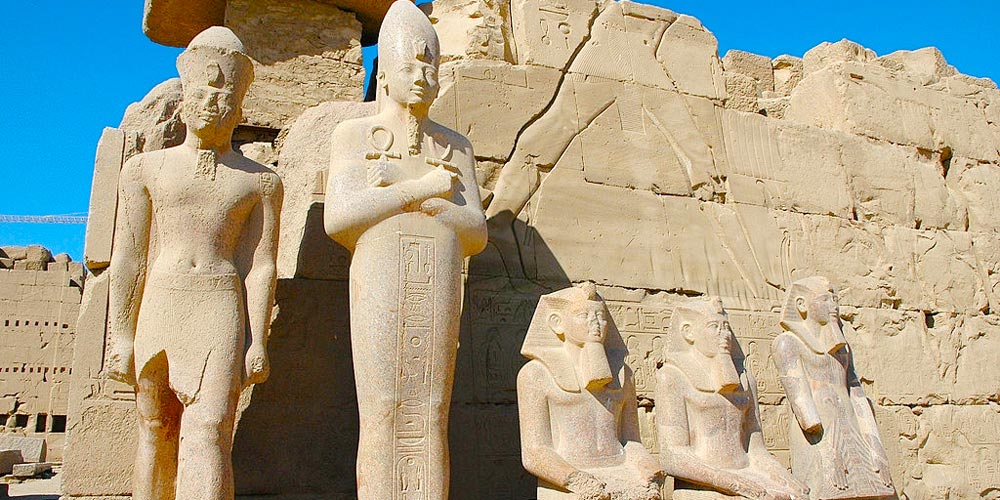
After the unification of Egypt through the eleventh dynasty, a centralized administration had to be created. There was a vizier in the north & a vizier in the south. Upper and Lower Egypt were divided into separate districts and governed by separate administrators during the Egypt Middle Kingdom in addition to the procedure of moving the governance of the royal residence into a separate division of government.
Second Intermediate Period of Egypt Middle Kingdom
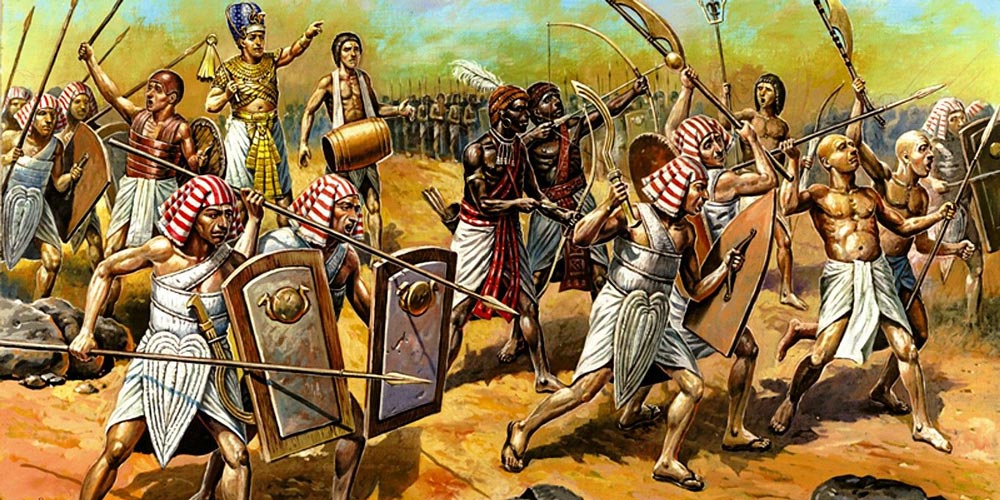
Sobekneferu was succeeded by Sekhemre Khutawy Sobekhotep and during that period, ancient Egypt fell into disarray for a second time. During that period, Hyksos people of West Asia appeared in Egypt through the 15th dynasty. Among the well-known rulers of the 15th dynasty were:
- Salitis
- Sakir-Har
- Khyan
- Apophis, c. 1590? BC–1550 BC
- Khamudi, c. 1550–1540 BC
It was the first Hyksos dynasty, who preferred to stay in northern Egypt since they infiltrated from the northeast. Then the 16th dynasty ruled for 70 years, which was followed y the Abydos Dynasty and finally the 17th century marked the end of that period. The Egypt New Kingdom was formed after the creation of the 18th century. This period starts with Ahmose I, who completed the expulsion of the Hyksos.

Witness the Majestic Artistic Expression of the Middle Kingdom with “Trips in Egypt”
Finally, If you are really interested in exploring the hidden secrets of ancient Egypt, so we recommend to check our Egypt tour packages or our Nile cruises and book a tour which includes an expert tour guide who will explain the most hidden secrets of Pharaohs.
Great vacation for 4 days in Cairo Egypt accompanied by an e...
Duration
4 Days / 3 Nights
Availability
Everyday
An Incredible 5 days Cairo & Alexandria tour package to expl...
Duration
5 Days / 4 Nights
Availability
Everyday
Explore Egypt's ancient wonders on a 6 days vacation to Cair...
Duration
6 Days / 5 Nights
Availability
Everyday
Breathtaking 7 days Cairo, Luxor & Hurghada holiday to explo...
Duration
7 Days / 6 Nights
Availability
Everyday
FAQ
What Should I Wear While Being in Egypt?
You should wear whatever you want. It is advised to wear something light from cotton or linen, comfortable and put on sunblock during your time in Egypt in the summer and wear comfortable footwear like a closed-toe shoe to sustain the sandy terrain.
What to Pack for Your Egypt Tour?
You should bring a brimmed hat and sunglasses if you not used to the Egyptian sun &pack everything you could ever need and put in a small bag so you could move easily between your destinations.
Are All Nile Cruises Available at Any Time?
Yes, it is available all years. as the Nile from Aswan to Luxor takes three to four days of sailing on Monday, Wednesday and Friday for the total cost of 600$ and the Nile cruise from Luxor to Aswan take four to five days in Saturday, Monday and Thursday for the coast of 650$.
Why book Trips in Egypt?
We have experience in vacation planning for more than 10 years & our staff consists of the most professional operators, guides and drivers who dedicate all of their time & effort create the perfect vacation. All of our tours are customized by Travel, Financial & Time advisors to fit your every possible need during your time in egypt. we always keep in mind that your safety & comfort are our main priority until you return home.
Is it safe to travel to Egypt?
Yes, it is absolutely safe to travel to egypt, You will feel secure in Egypt as the current atmosphere of the country is very peaceful after the government took powerful measures like restructuring the entire tourist police to include all the important and tourist attractions in Egypt and construct an entire environment dedicated for ensuring the lives of all tourists.
What are Egypt's Visa Requirements?
They are very simples, If you want to apply for a Visa On Arrival that lasts for 30 days then you should be one of the eligible countries(check the link), have a valid passport with at least 6 months remaining and pay 25$ USD entry fee in cash. As for the E-Visa for 30 days, you should have a valid passport for at least 8 months, complete the online application, pay the e-visa fee then print the e-visa to later be presented to the airport border guard. You could be one of the countries eligible for a free visa for 90 days.
What is the Weather is Like?
The temperature of Egypt ranges from 37c to 14 c, Summer in Egypt is somehow hot and winter is cool and mild but sometimes it becomes cold at night. The average of low temperatures vary from 9.5 ¡ÆC in the wintertime to 23 ¡ÆC in the summertime and average high temperatures vary from 17 ¡ÆC in the wintertime to 32 ¡ÆC in the summertime while the temperature is moderate all along the coasts.
What is the Best Time of Visit Egypt?
It is known the best time to travel to Egypt is in the winter from September to April as the climate becomes a bit tropical, a warm atmosphere with a winter breeze. You will also be notified a week before your trip if the weather is unsafe or if any changes have been made.
Should I Give Tips in Egypt?
It is totally up to you, but if you choose to you can tip the servers at your restaurant 5-10% by handing it to them directly and 5 Egyptian Pounds as a general tip of anyone.
Can I Enter the Pyramids?
Yes, you can enter the pyramids for the small fee of 20$.
How to Enjoy Egypt During Ramadan?
Ramadan is a special time of year for Muslims that should be celebrated by non-Muslims and feel the essence of the Islamic culture. You can fast with the Muslim or just observe but you are always welcome to join the celebrations and festivals.

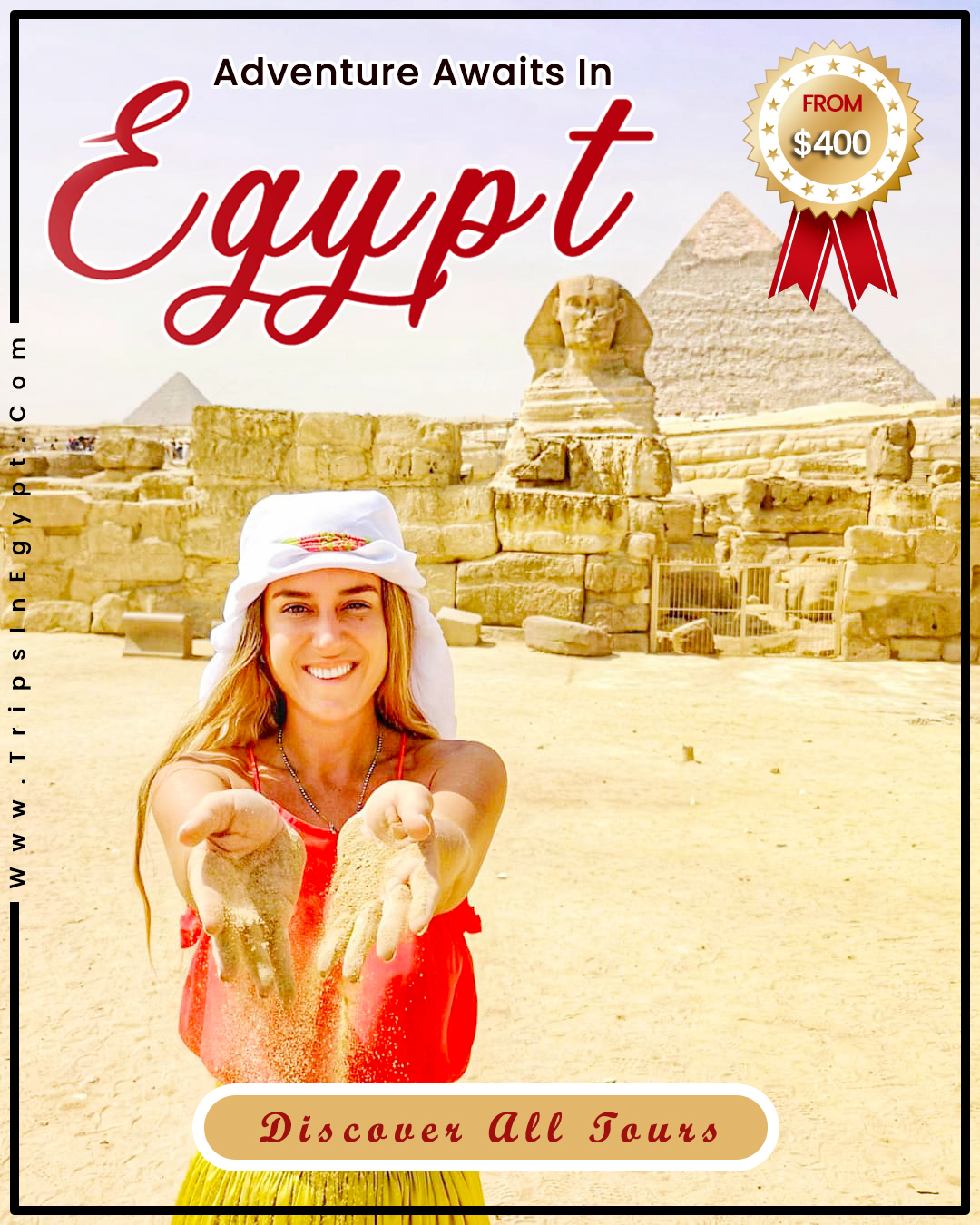
Share Your Comment